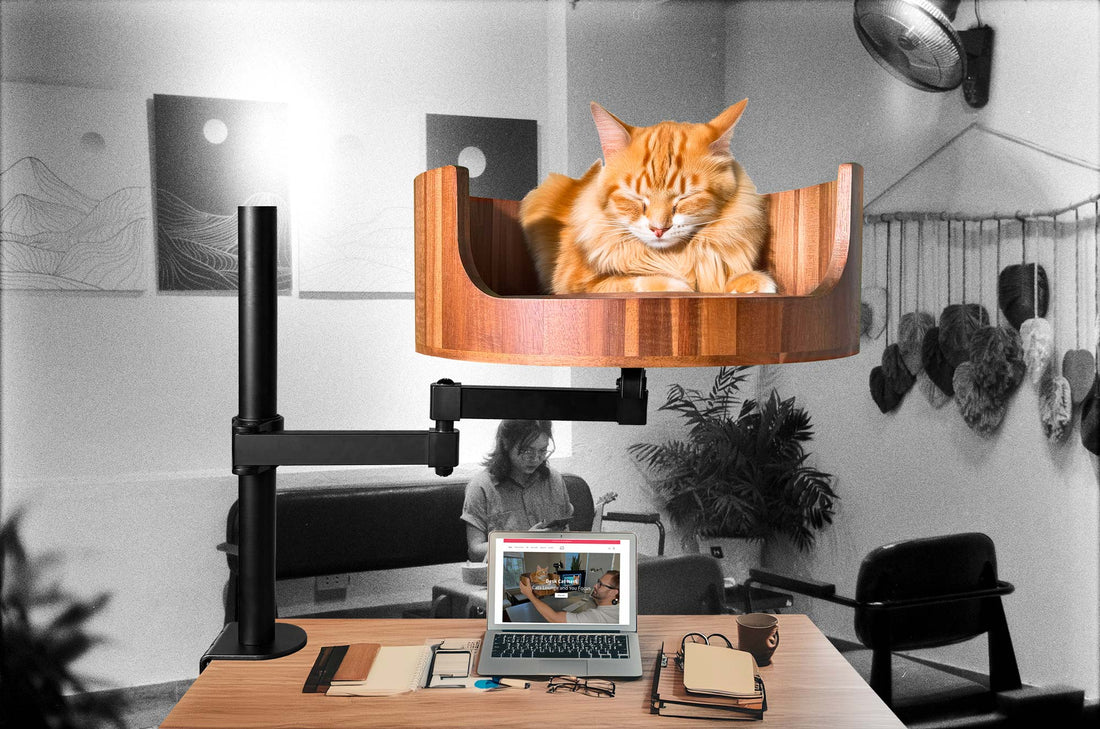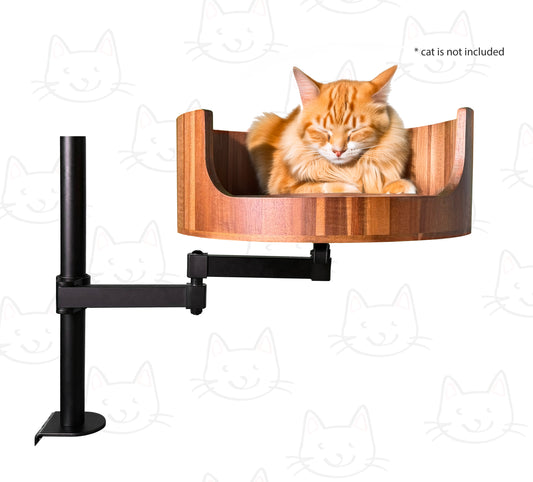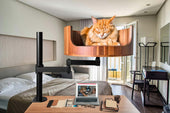
My Cat Doesn’t Meow: Understanding Feline Communication
Share
If your cat doesn’t meow, you might be wondering why. It’s important to understand that cats communicate in various ways beyond just meowing. In this article, we will delve into the complex world of feline communication, exploring the different ways cats convey their messages to us and other cats.
One of the most overlooked forms of feline communication is body language. From tail position to ear orientation, cats use subtle cues to express their emotions and intentions. Understanding these non-verbal signals can help us better interpret what our cats are trying to tell us. We will also explore other vocalizations beyond meowing, such as purring, hissing, and growling, and what they can reveal about your cat’s mood. By the end of this article, you will have a deeper appreciation for the intricate ways in which cats communicate and be better equipped to decipher your own cat’s unique language.
1. Cats communicate through a variety of vocalizations, body language, and behaviors that may not involve meowing.
2. Understanding your cat's unique communication style can help strengthen the bond between you and your feline friend.
3. Purring can signal contentment, while hissing or growling may indicate fear or aggression.
4. Tail movements, ear positions, and eye contact are important cues to decipher your cat's mood and intentions.
5. By paying attention to these subtle cues, you can better respond to your cat's needs and create a harmonious environment for both of you.
Understanding Cat Communication
Cats communicate in various ways, and meowing is just one form of communication they use. Some cats may not meow at all, while others may meow excessively. Understanding feline body language, vocalizations, and other behaviors can help decipher what your cat is trying to communicate to you. For example, a cat that purrs while rubbing against you may be showing affection, while a cat that flattens its ears and hisses may be feeling threatened or aggressive.
Reasons Why Cats May Not Meow
There are several reasons why a cat may not meow. Some cats may simply be quiet by nature, while others may be less vocal due to health issues or stress. Cats that have undergone surgery, experienced trauma, or are elderly may also be less inclined to meow. Additionally, certain breeds are known to be quieter than others. It is important to observe your cat's behavior and consult with a veterinarian if you notice any changes in their vocalization patterns.
Non-Vocal Forms of Cat Communication
While meowing is a common form of feline communication, cats also use non-vocal cues to convey their feelings and needs. Some non-vocal forms of communication include body language, such as tail position, ear movement, and eye contact. Cats also communicate through scent marking, grooming behaviors, and even the way they sleep or play. By paying attention to these subtle cues, you can better understand your cat's emotions and preferences.
Case Study: Silent Cat Syndrome
Silent Cat Syndrome is a condition in which a cat stops meowing or becomes excessively quiet. This behavior change may be triggered by various factors, including an underlying health issue, stress, or changes in the cat's environment. In some cases, cats with Silent Cat Syndrome may also exhibit changes in appetite, grooming habits, or litter box usage. It is essential to monitor your cat's behavior closely and seek veterinary attention if you suspect they may be suffering from this condition.
Desk Cat Nest FAQ
Why isn't my cat meowing?
There are various reasons why a cat might not meow, including illness, stress, or simply being a quiet cat by nature. If your cat has suddenly stopped meowing, it's best to consult with a veterinarian to rule out any health issues.
Can the Desk Cat Nest help with my cat's lack of meowing?
While the Desk Cat Nest is designed to provide a cozy and comfortable spot for your cat to relax and nap, it is not specifically intended to encourage meowing. However, creating a comfortable environment for your cat may help alleviate any stress or discomfort that could be causing them to be quiet.
Will my cat use the Desk Cat Nest if they don't meow?
It's possible that your cat will still enjoy the Desk Cat Nest even if they don't meow often. Cats are known for their love of cozy and elevated spaces, so they may appreciate having a designated spot to rest and lounge in.
How should I introduce my cat to the Desk Cat Nest?
It's best to introduce the Desk Cat Nest to your cat slowly and encouragingly. Place some of their favorite toys or treats in the nest to entice them to explore and use it. You can also try gently placing your cat in the nest and giving them positive reinforcement when they stay there.
In conclusion, choosing a Desk Cat Bed for your cat who doesn't meow can be a valuable choice for providing them with a comfortable and secure resting space. The elevated design of the bed allows your cat to feel safe while still being close to you as you work at your desk. This can help reduce any anxiety or stress that may be causing your cat to not meow. Additionally, the soft and cozy material of the bed will help keep your cat warm and content, encouraging them to relax and potentially start meowing again. Investing in a Desk Cat Bed is a great way to show your furry friend that you care and want to create a peaceful environment for them to thrive in.



















































